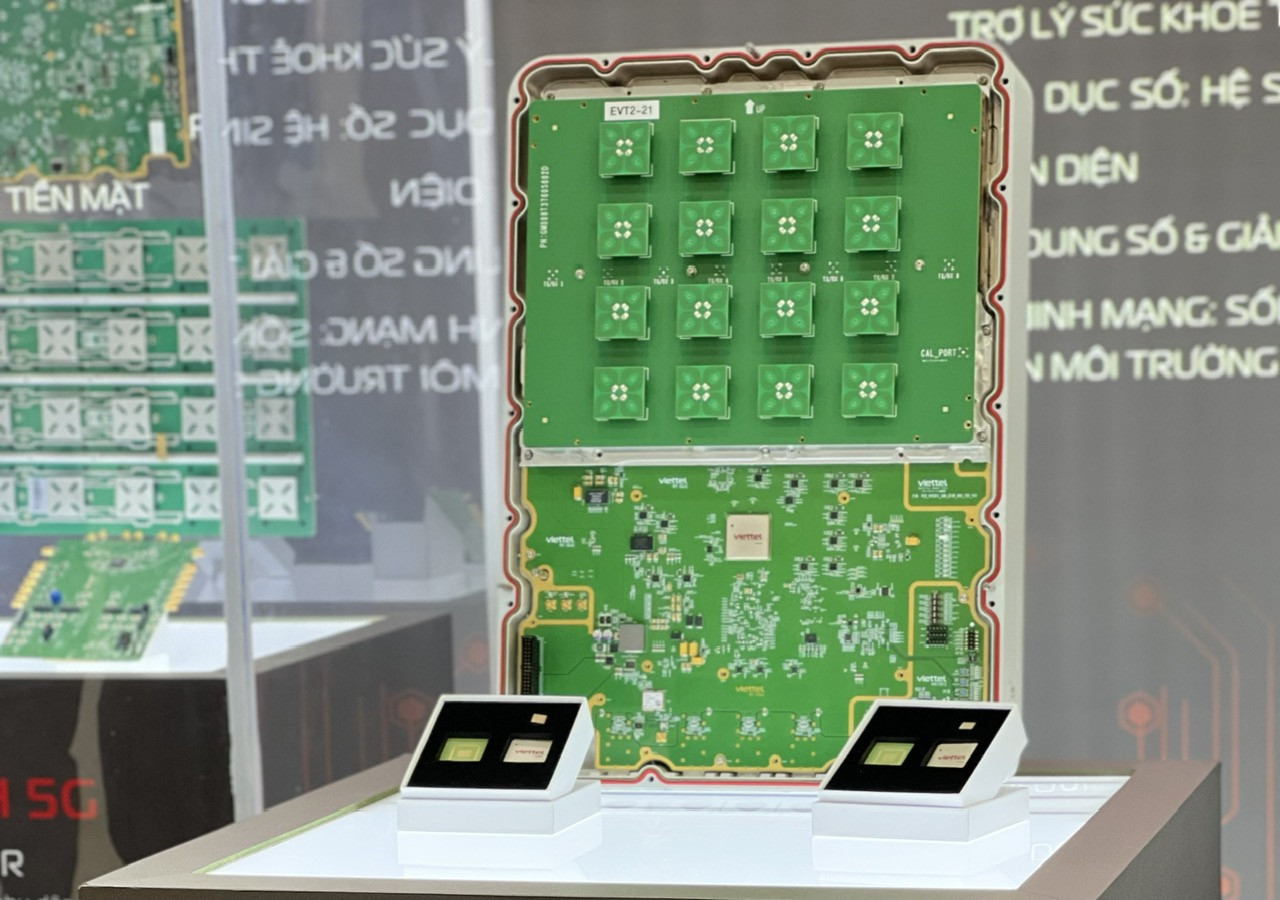
The global chip market is reported to have had a CAGR (compound annual growth rate) of 14 percent over the last 20 years and is expected to become a multi-trillion dollar market by 2030.
Vietnam’s semiconductor industry has great potential to develop rapidly by working with the world’s leading corporations and the presence of large domestic tech firms.
Binh, who is also chair of Vinasa (Vietnam Software and IT Services Association), said at a workshop on May 29 that Vietnam has all favorable conditions, from nice weather, favorable terrain, to agreement among people to develop the industry.
Chips are a vital need of the world and this means a great opportunity for Vietnam. The chip manufacturing chain requires specific aptitudes specific to every nation, based on its past, culture and traditions.
Western people, for example, are good at argument and presentations. The theory about semiconductor originates from leading western universities. Meanwhile, 90 percent of software programmers and chip designers are Indian; and Vietnam is second in the world in terms of software exports.
Binh stressed that the world’s large chip supply sources are having problems. In South Korea, the third and fourth generations of chaebols, or large corporations, are facing internal crises. In Taiwan (China), geopolitical changes will have a big impact on the future of the island.
In such circumstances, Vietnam, with its strengths in culture and human resources, has emerged as a destination of the world’s semiconductor industry.
“History shows that Vietnam is a nation with a strong aspiration to rise and develop, and not yield to any power or difficulty. So, developing the semiconductor industry will definitely be possible in Vietnam," Binh said.
He said that that in AI, Vietnam needs to ‘run fast’ to create a position for Vietnam’s chips. If AI can be integrated into chips, the world’s chip manufacturers will want to cooperate with Vietnam.
Another opportunity for Vietnam is supplying human resources to chip manufacturing factories around the world.
Prompt action
“If Vietnam doesn’t take action immediately, it will miss the great opportunity of developing the semiconductor industry,” Binh said.
Nguyen Thi Le Quyen, deputy director of Hanoi Branch of the National Innovation Center (MIC) under the Ministry of Planning and Investment (MPI), said semiconductors are an irreversible trend and the government has realized that this is a great opportunity which comes once in a thousand years.
A representative from MPI said that amid the hot global semiconductor race, leading chip manufacturing corporations in the world are joining the Vietnamese market.
In 2023 alone, Amkor and Hana Micro decided to build two factories in Vietnam capitalized at over $1 billion.
According to MPI, Vietnam now has a great opportunity but also faces challenges in training and human resources supply for the semiconductor industry.
Vietnam has sufficient conditions and capability to produce 50,000 semiconductor engineers by 2030, but there still exists a gap in quality between supply and demand.
The greatest challenges for Vietnam is the lack of experts and lecturers in the domestic educational sector. Semiconductor industry requires huge investment capital from the state, schools and businesses.
Vietnam is still lacking university training programs, and the existing programs cannot meet international standards compared with the semiconductor industry’s development.
Nguyen Thien Nghia from the Authority of ICT Industry said that Vietnam lacks both factory workers and engineers, which is a big challenge.
“The demand for diversifying supply chains has existed for only 1-2 years. And not only Vietnam, but other regional countries, including India, Malaysia, Pakistan and China, have been very quick in taking action.
“If Vietnam cannot take action immediately, the opportunity will be missed,” Nghia warned.
According to Nghia, the investment rate for less-than-16nm semiconductor technology is $10 billion, while 28nm needs $5-7 billion.
Meanwhile, the investment rate of $3-5 billion for 40-60nm technology is more acceptable. For 90nm technology, Vietnam will have to invest $500million-1 billion. These are factors for Vietnam to consider.
Asked about the market segments Vietnam should focus on, Nghia thinks that Vietnam has advantages in ICT infrastructure, including chips for telecommunications, data centers, and the energy sector.
Trong Dat